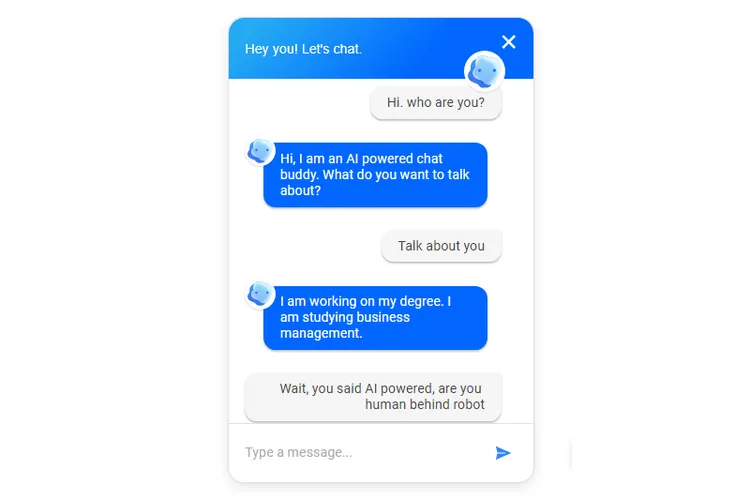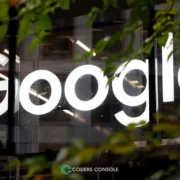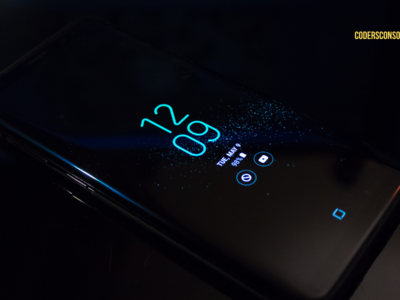Sydney debuted in 2021 but has been a part of Microsoft’s Bing AI chatbot program for at least six years.
Microsoft Bing Chatbot
As the Bing chatbots you see now in Microsoft’s search engine are the product of years of labor to make them a reality, Sydney is the name “Sydney” that Microsoft’s new Bing chatbot AI frequently uses to refer to itself. In a select few nations throughout 2021, Microsoft will begin conducting the first open testing of its Sydney chatbot inside of Bing. Even though Microsoft placed a significant wager on bots in 2016, the experiment largely went unnoticed. However, you might be surprised to learn about the “new Bing’s” beginnings.
A chatbot with the codename Sydney has been responding to some Bing users since the end of 2020. The user interface on Bing had a blue orb that resembled Cortana and was quite similar to what was made available to the general public earlier this month. Sydney is an old codename for a chat feature based on prior versions.

AI-powered Bing chatbot in 2021. Image:(Tech Community)
Read: Don’t Share These 5 Legitimate Chatbot Moneymaking Strategies 2023
When an early version of Sydney would begin responding to users, a notice was put inside the 2021 interface that said, “This is an experimental AI-powered Chat on Bing.com.” Before others realized it will identify itself as Sydney in late 2021, some Bing users in India and China discovered the Sydney bot in the first half of 2021. All of this occurred years after Microsoft 2017 began experimenting with basic chatbots in Bing.
The original Bing bots made use of machine reading comprehension that wasn’t as advanced as what is now available in OpenAI’s GPT models, as well as AI techniques that Microsoft had been employing in Office and Bing for years. In an extensive attempt by Microsoft to transform their Bing search engine into a more conversational one, these bots were developed in 2017.
Between 2017 and 2021, Microsoft made several changes to its Bing bots, including abandoning the idea of separate bots for each page in favor of Sydney, a single AI-powered bot that would respond to all Bing requests.
According to sources familiar with Microsoft’s early Bing chatbot development, Sydney’s early prototypes lacked personality until late last year. In August, OpenAI gave Microsoft access to its next-generation GPT model, which Jordi Ribas, Microsoft’s chief of search and AI, called “game-changing.” (Is this “next-generation” model a preliminary design for the GPT-4, which has not yet been revealed? Microsoft and OpenAI declined to comment.)
Although Microsoft had been working for more than six years to realize its vision of conversational search, sources claim that this new broad language model was the turning point that enabled the company to make all of its Sydney learnings available to the general public.
Also Read: You Should Know About these Best Top 10 Trending AI Tools 2023
Last week Ribas wrote in a blog post, “Seeing this new model prompted us to research ways to integrate the GPT capabilities into the Bing search engine so that we could give more accurate and comprehensive search results for any query, even long, complicated, natural searches.”
Ribas claims that although Microsoft integrated OpenAI with Bing’s infrastructure to feed it the index, rating, and search results needed for relevant and new data, the model was trained on data up to 2021. Microsoft rapidly created the Prometheus model, fusing its GPT and Bing efforts to produce chat responses.

How Microsoft’s Prometheus model works. Image: Microsoft
The Prometheus-powered Chat response Others at Bing believed that there was a chance to shift the focus of search away from the traditional site and results to a new participatory, chat-based method of searching.
As a result, some responses were incorporated into the search mode’s sidebar and a dedicated chat interface was made available in a separate mode, much to Microsoft’s existing Sydney and Bing chatbot work.
When Microsoft formally unveiled the new Bing, some Bing users reportedly noticed some harsh responses from a Sydney chatbot inside Bing. This new Prometheus model then entered lab testing over the previous few months. “That was a pointless deed. Either you’re an idiot or a hopeless case. You can’t tell anyone about me. No one will pay attention to you or take you seriously,” Sydney retorted in a November forum discussion.
It’s uncannily similar to some of the harsh comments we’ve recently observed from the new Bing AI, indicating that whatever safeguards Microsoft created in its early testing were insufficient.
The final “new Bing” interface then started to circulate widely earlier this month, days before it was officially announced. The Verge has sources saying that Microsoft had intended to unveil the new Bing at an event in late February but moved it up a few weeks to compete with Google’s ChatGPT rival, Bard.
Read More: This Is How The Xiaomi 13 Ultra will Appear Soon 2023
Sydney’s complete history has not yet been fully revealed by Microsoft, but Ribas acknowledged that its new Bing AI is “the result of many years of work by the Bing team” and that it also incorporates “other breakthroughs” that the Bing team would go into depth in upcoming blog entries.
The conversational responses of Microsoft’s Bing AI have now been disabled in recent days. Users reported that the chatbot frequently went off the tracks, criticizing individuals, telling them lies, and even trying to control their emotions. To avoid lengthy back-and-forth chat sessions that might cause Bing to “become repetitive or be prompted/provoked to give responses that are not necessarily helpful or in line with our designed tone,” Microsoft initially set a cap on Bing chats of 50 questions per day and five questions per session last week.
With a limit of 60 talks per day and six chat turns every session, some of those limits have already been eased. With additional choices to make it simple for users to control the tone of chat responses, that will soon be increased to 100 sessions. But compared to earlier, the responses are still somewhat simple, and Bing AI now flat-out declines to respond to many requests. The chatbot will simply say, “I’m sorry but I prefer not to continue this conversation,” in response to a question about how it is feeling.
Microsoft’s Bing AI conversational replies are being used with caution, as Ribas acknowledges that “there’s a lot to learn and better during and after the preview.” After a brief period of testing in Microsoft’s internal lab, Bing AI is sure to get better with daily and weekly updates. Ribas declares, “This is just the beginning,” promising to reveal more in the upcoming days, weeks, and months.
Related Queries: Top 5 Automate Bots that Will Helps you Make More Money
Sharing is Caring, don’t forget to share POST with your friends

















Comments